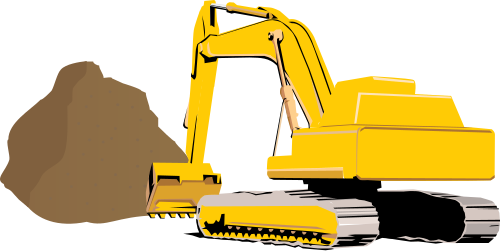|
|
Sediment extractionIn-channel sediment extraction for rehabilitation is commonly undertaken as an action to address bed build-up (aggradation) associated with excess sediment deposition from reaches up or downstream. Historically in-channel sediment extraction (e.g. for sand) has occurred commercially often resulting in the degradation of the channel both at the site, upstream and downstream. It has limited application and requires specialist technical input to ensure any potential adverse impacts are considered and mitigated as well as meeting legal requirements. Sediment extraction works to rehabilitate the river may occur over the entire width of the riverbed, or on discrete deposition features (e.g. point bars). Sediment extraction works are also undertaken:
Potential benefits from this intervention:
Potential negative implications from this intervention:
Intervention considerations:
Additional informationPublications: Rutherfurd, I.D., Jerie, K. and Marsh, N. 2000. A Rehabilitation Manual for Australian Streams, Volumes 1 and 2. CRC for Catchment Hydrology and LWRRDC. Canberra. Sims, A.J. and Rutherfurd, I.D. 2017. Management responses to pulses of bedload sediment in rivers. Geomorphology 294, pp.70-86. Last updated: 10 June 2022 This page should be cited as: Department of Environment, Science and Innovation, Queensland (2022) Sediment extraction, WetlandInfo website, accessed 8 May 2025. Available at: https://wetlandinfo.des.qld.gov.au/wetlands/management/rehabilitation/rehab-process/step-4/intervention-options/sediment-extraction-mod.html |

 — Department of the Environment, Tourism, Science and Innovation
— Department of the Environment, Tourism, Science and Innovation


